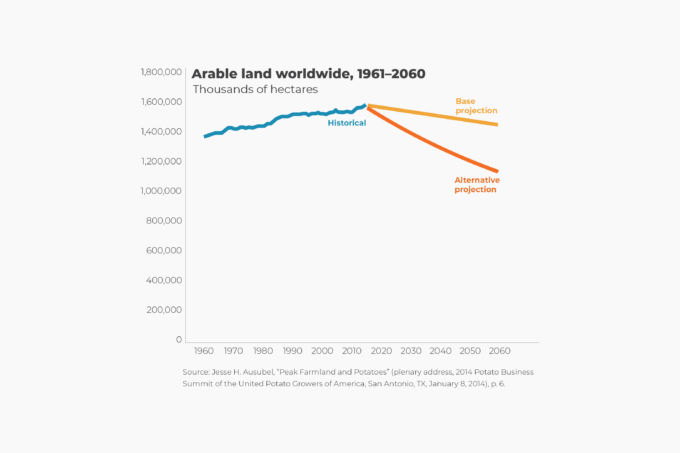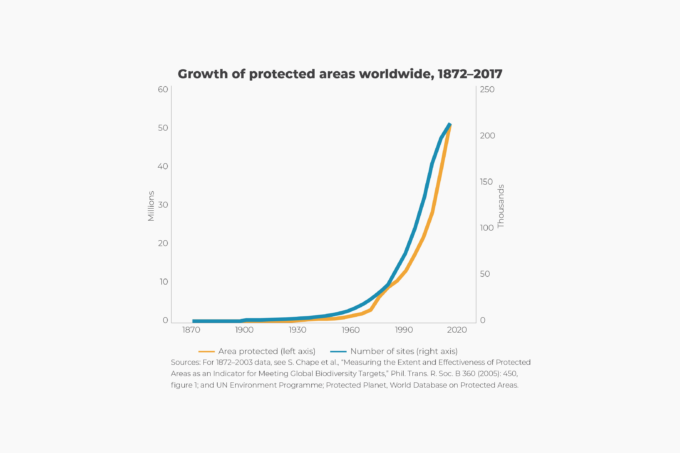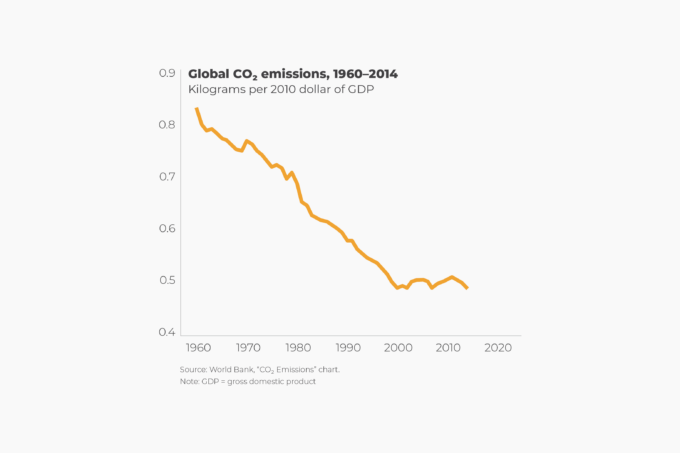The energy crisis of the 1970s also featured severe shortages of natural gas in the United States. The upshot was that during the winter months of several years in the mid-1970s, many factories and schools were ordered closed to ensure adequate supplies for home heating. To ameliorate the shortage, the federal government banned the burning of natural gas to produce electricity in 1978 and approved the construction of 20 massive plants to turn coal into natural gas in 1980.
Over the past 50 years, further exploration and the development of new production technologies, like fracking, have boosted global proven reserves of natural gas considerably. World proven reserves of natural gas have risen from an estimated 73.2 billion cubic meters (2,586 trillion cubic feet) in 1980 to 203.2 trillion cubic meters (7,177 trillion cubic feet) in 2019. In 1980, the world produced about 1.4 trillion cubic meters (50 trillion cubic feet) of natural gas. By 2017, annual global production of natural gas had risen to nearly 3.7 trillion cubic meters (130 trillion cubic feet).
U.S. production hovered around 500 billion cubic meters (18 trillion cubic feet) annually until the fracking revolution unlocked supplies of shale gas in the past 10 years. In 2018, the U.S. produced 925 billion cubic meters (32.7 trillion cubic feet) of natural gas.
Natural gas is no longer banned from being burned to generate electricity. Consequently, cheap abundant natural gas has now displaced coal as the chief fuel for generating electricity in the United States. That’s good, because burning natural gas produces less air pollution, including about half the carbon dioxide that burning coal does.
At current rates of production, the world’s proven reserves of natural gas would last more than 54 years.







